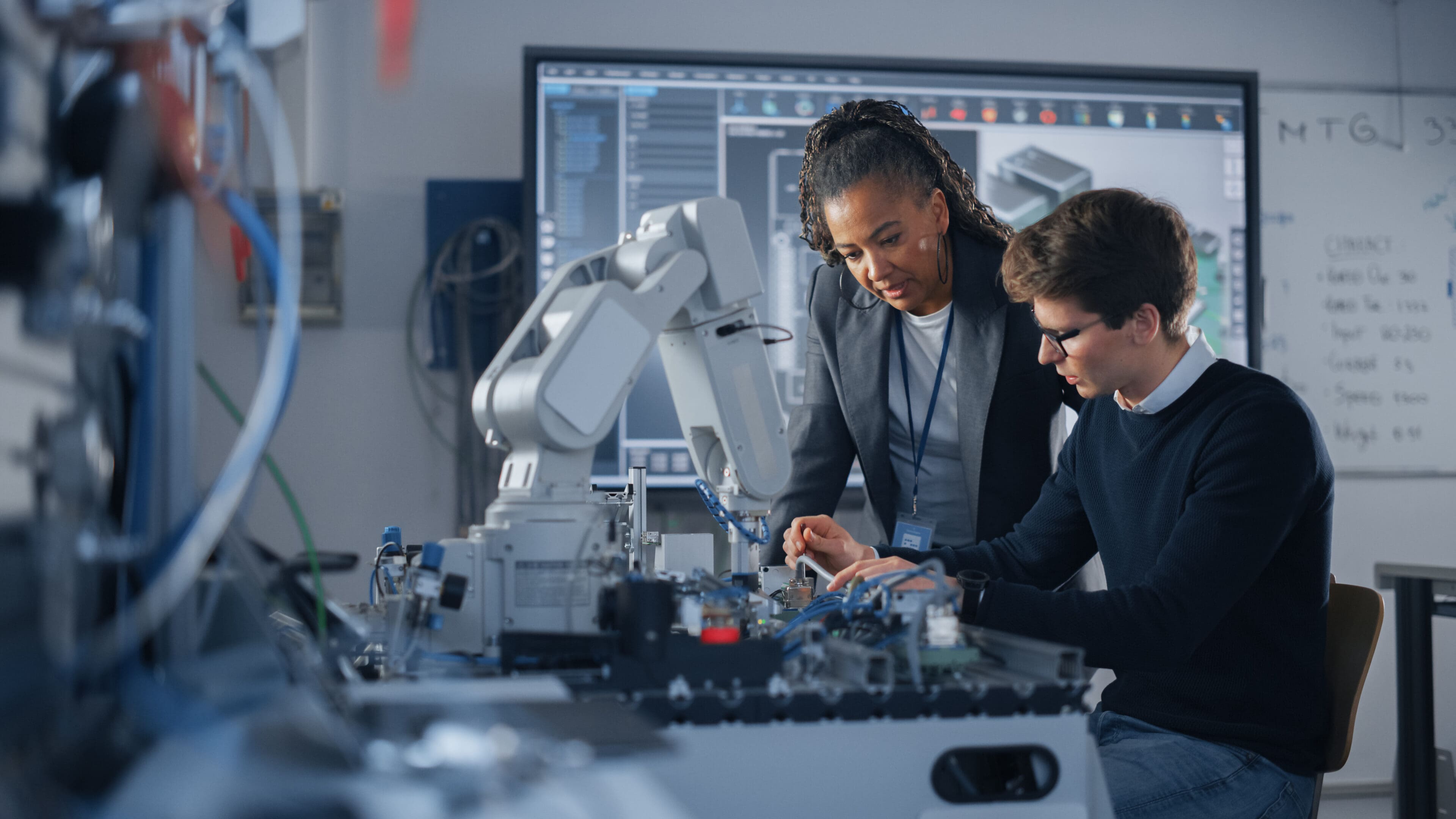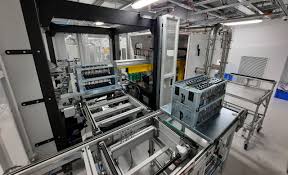
The C-Suite’s Playbook for Cost-Effective Quality Assurance
End-of-Line (EOL) testing plays a critical role in manufacturing by ensuring products meet quality standards before being shipped. However, a common mistake manufacturer make is overcomplicating EOL testing by intermixing it with engineering testing. This can lead to increased costs, longer testing times, and unnecessary “false failures,” slowing down production and reducing efficiency.
In this article, we’ll explore the importance of EOL testing, how to optimize its implementation, and the key pitfalls to avoid—supported by insights from industry studies.
What is End-of-Line (EOL) Testing?
EOL testing is a final quality control step where a product is evaluated to ensure it functions as intended. Unlike in-process testing, which occurs during various manufacturing stages, EOL testing is the last verification step before a product is shipped.
The goal of EOL testing is NOT to guarantee every part is perfect, it is to ensure that parts within a reasonable tolerance will function correctly in real-world conditions. Overly strict testing parameters can lead to unnecessary failures of good products, increasing costs and slowing down production.
EOL testing serves multiple critical functions, including:
- Quality Assurance: Preventing defective products from reaching customers.
- Customer Satisfaction: Reducing failure rates and warranty claims.
- Regulatory Compliance: Ensuring adherence to safety and performance standards.
- Cost Reduction: Avoiding expensive recalls and returns.
- Production Efficiency: Identifying manufacturing defects early to prevent bottlenecks.
EOL Testing vs. Engineering Testing: Why Overlap Can Be Costly
A major issue in EOL testing occurs when it is interwoven with engineering testing, a mistake that can significantly impact production.
What is Engineering Testing?
Engineering testing is used in product development to fully map out every aspect of a product’s performance. This process is valuable for R&D, helping engineers understand every failure mode, every stress point, and every limit of a product.
Why Engineering Testing Doesn’t Belong in EOL Testing
While engineering testing is crucial for product development, applying the same approach to EOL testing is inefficient and costly. Some key problems include:
- Increased Upfront Costs: More complex tests require expensive equipment and labor.
- Longer Testing Time: Over-testing slows down production throughput.
- Higher Rate of “False Failures”: Unnecessary tests reject perfectly functional parts, reducing yield.
A 2021 study in the Journal of Manufacturing Science and Engineering found that manufacturers who optimized their EOL testing, by removing unnecessary tests, reduced testing costs by 27% and decreased false failure rates by 40%.
EOL testing should focus only on ensuring that a product functions properly in the field. It should be structured to identify actual defects that impact performance, rather than testing every possible variation of a product’s behavior.
The Danger of Overly Tight Tolerances in EOL Testing
Another common mistake in EOL testing is setting part tolerances too tight. While precision is essential in manufacturing, unrealistic tolerances can lead to an excessive rejection of good parts.
When tolerances are too tight, manufacturers experience.
- Higher Scrap Rates: Functional parts are discarded unnecessarily.
- Reduced Production Speed: More failures lead to bottlenecks.
- Increased Costs: More rework and wasted materials drive up expenses.

An automotive manufacturer found that by adjusting tolerances in their EOL testing to match real-world operating conditions, they reduced false failures by 35% and improved production efficiency by 20%.
Optimizing Tolerances in EOL Testing
The key to setting proper tolerances is understanding what failures actually affect product performance. Instead of requiring every part to be perfect, EOL testing should:
- Identify failures that will cause issues in the field.
- Allow small deviations that do not impact functionality.
- Use statistical process control (SPC) to monitor quality trends rather than over-rejecting parts.
Optimizing EOL Testing: Best Practices
1. Eliminate Unnecessary Engineering Tests
- Focus only on testing what affects real-world product performance.
- Reduce test cycle time by streamlining test parameters.
2. Adjust Tolerances to Match Functional Requirements
- Avoid overly strict tolerances that do not impact performance.
- Use statistical analysis to determine realistic failure thresholds.
3. Leverage Automation for Efficiency
- Automated testing improves speed, repeatability, and accuracy.
- Reduces human error and increases throughput.
4. Implement Data-Driven Decision Making
- Use machine learning and AI to analyze failure trends.
- Optimize test sequences based on historical data.
The Future of EOL Testing
As manufacturing evolves, EOL testing is becoming more sophisticated with the integration of:

- AI & Machine Learning: Predicting potential failures before they occur.
- IoT-Connected Test Stations: Real-time monitoring of production quality.
- Adaptive Testing Algorithms: Adjusting test parameters dynamically based on data trends.
EOL testing is a vital quality control process, but it must be carefully optimized to avoid excessive costs and production slowdowns. By ensuring that EOL testing focuses only on identifying failures that impact field performance, manufacturers can improve efficiency, reduce waste, and enhance product reliability.
KIE Solution excels at designing, refining, and integrating End‑of‑Line (EOL) Test Cells that fit seamlessly into your manufacturing workflow. From the initial concept, where we collaborate to define critical performance specs and failure modes, to the detailed engineering of fixtures, sensors, and PLC/HMI logic, we architect each cell for maximum throughput and minimal false‑failures. Our refinement process takes existing or legacy test setups and pinpoints bottlenecks, tightening tolerances and streamlining operator interfaces to cut scrap and downtime. Finally, we integrate a new or improved EOL cell with upstream automation, MES/ERP systems, and data‑collection platforms so you gain real‑time insights and traceability across production. Whether you need a turnkey test solution or an upgrade to boost efficiency and quality, KIE Solution delivers robust, scalable EOL Test Cells that grow with your operation and keep costs under control.
By eliminating unnecessary engineering tests, setting realistic tolerances, and leveraging automation and AI-driven insights, companies can achieve a cost-effective, high-quality manufacturing process that meets both industry standards and customer expectations.
